Increasing Travel Demand
The Airport Duty Free Liquor Market is experiencing a surge in travel demand, driven by a resurgence in international tourism and business travel. As more travelers embark on journeys, the foot traffic in airports increases, leading to higher sales in duty-free shops. According to recent data, the number of international air passengers is projected to reach 4.5 billion by 2025, which could significantly boost the Airport Duty Free Liquor Market. This increase in passenger volume presents a lucrative opportunity for retailers to capitalize on the growing consumer base. Furthermore, the trend of travelers seeking unique and premium liquor options while traveling enhances the market's potential. As a result, the Airport Duty Free Liquor Market is likely to benefit from this upward trajectory in travel activity.
Evolving Consumer Preferences
The Airport Duty Free Liquor Market is witnessing a shift in consumer preferences towards premium and craft liquor products. As consumers become more discerning, they are increasingly inclined to purchase high-quality spirits that reflect their tastes and lifestyle choices. This trend is supported by data indicating that the premium liquor segment is expected to grow at a compound annual growth rate of 5.5% over the next five years. Additionally, the rise of social media and influencer marketing has played a pivotal role in shaping consumer perceptions, leading to a heightened interest in artisanal and locally sourced liquors. Consequently, retailers in the Airport Duty Free Liquor Market are adapting their offerings to include a wider range of premium products, thereby enhancing the shopping experience for travelers and potentially increasing sales.
Technological Advancements in Retail
The Airport Duty Free Liquor Market is benefiting from technological advancements that enhance the shopping experience for consumers. Innovations such as mobile payment systems, self-service kiosks, and augmented reality applications are transforming how travelers interact with duty-free shops. These technologies streamline the purchasing process, making it more convenient for consumers to buy liquor products. Data suggests that airports implementing these technologies have seen a 20% increase in sales within the duty-free sector. Furthermore, the integration of e-commerce platforms allows travelers to pre-order liquor for pickup, catering to the growing demand for convenience. As technology continues to evolve, the Airport Duty Free Liquor Market is likely to see further enhancements that could drive sales and improve customer satisfaction.
Growing Interest in Experiential Retail
The Airport Duty Free Liquor Market is increasingly focusing on experiential retail to attract consumers. Travelers are seeking more than just products; they desire unique experiences that enhance their journey. Retailers are responding by creating immersive shopping environments that allow consumers to sample products, attend tastings, and engage with brand ambassadors. This trend is supported by data indicating that experiential retail can increase customer engagement and drive sales by up to 30%. By offering personalized experiences, the Airport Duty Free Liquor Market can foster brand loyalty and encourage repeat purchases. As the competition intensifies, retailers that prioritize experiential offerings are likely to stand out, potentially leading to increased market share and profitability.
Regulatory Changes and Trade Agreements
The Airport Duty Free Liquor Market is influenced by regulatory changes and trade agreements that can impact pricing and availability of liquor products. Recent trade agreements have facilitated easier access to a wider range of international liquor brands, allowing duty-free retailers to diversify their offerings. For instance, the reduction of tariffs on imported spirits can lead to lower prices for consumers, potentially increasing sales in the Airport Duty Free Liquor Market. Additionally, changes in regulations regarding duty-free allowances can encourage travelers to purchase more liquor products. As governments continue to negotiate trade agreements, the Airport Duty Free Liquor Market may experience fluctuations in product availability and pricing, which could affect consumer purchasing behavior.


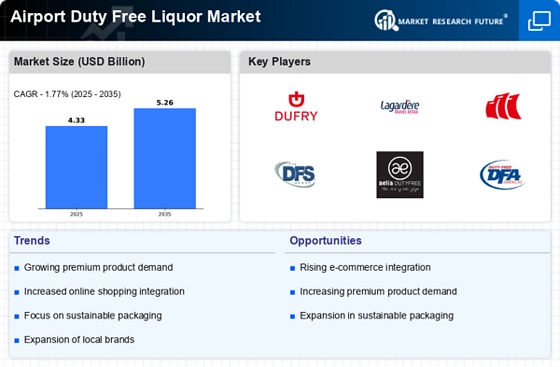
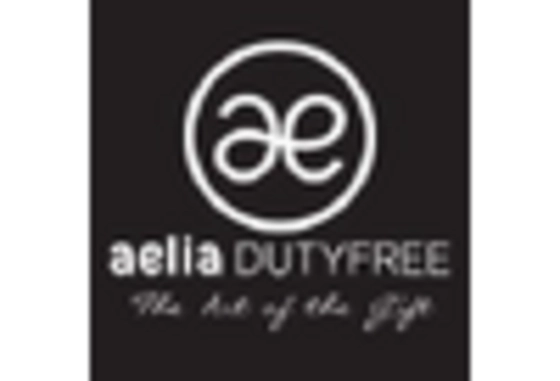
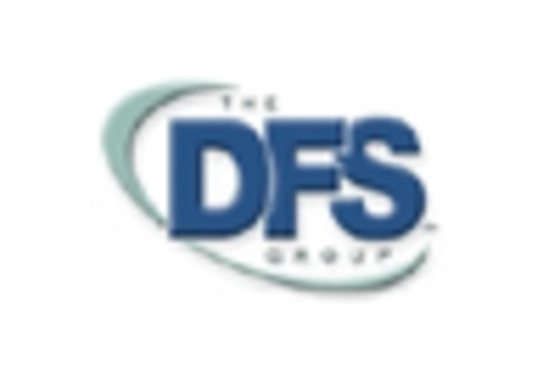
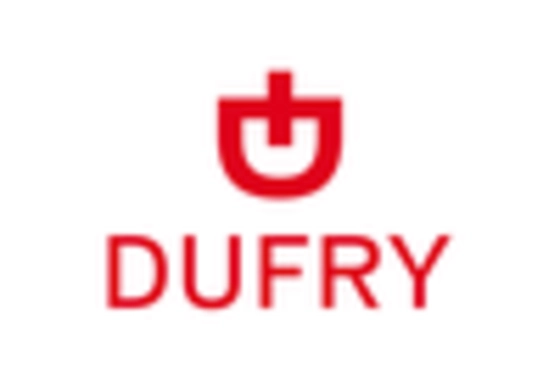
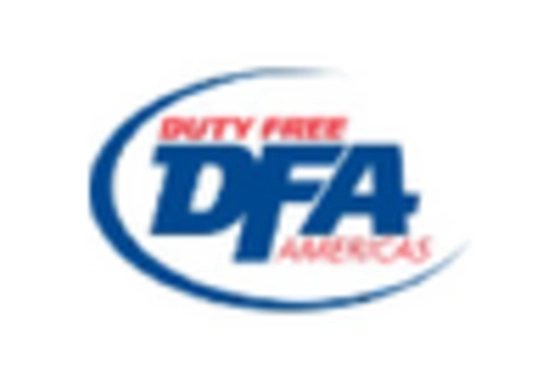
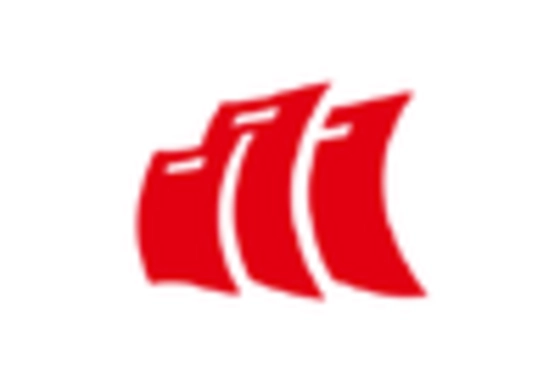
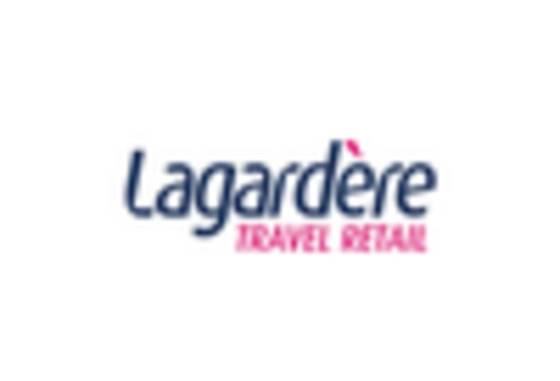








Leave a Comment